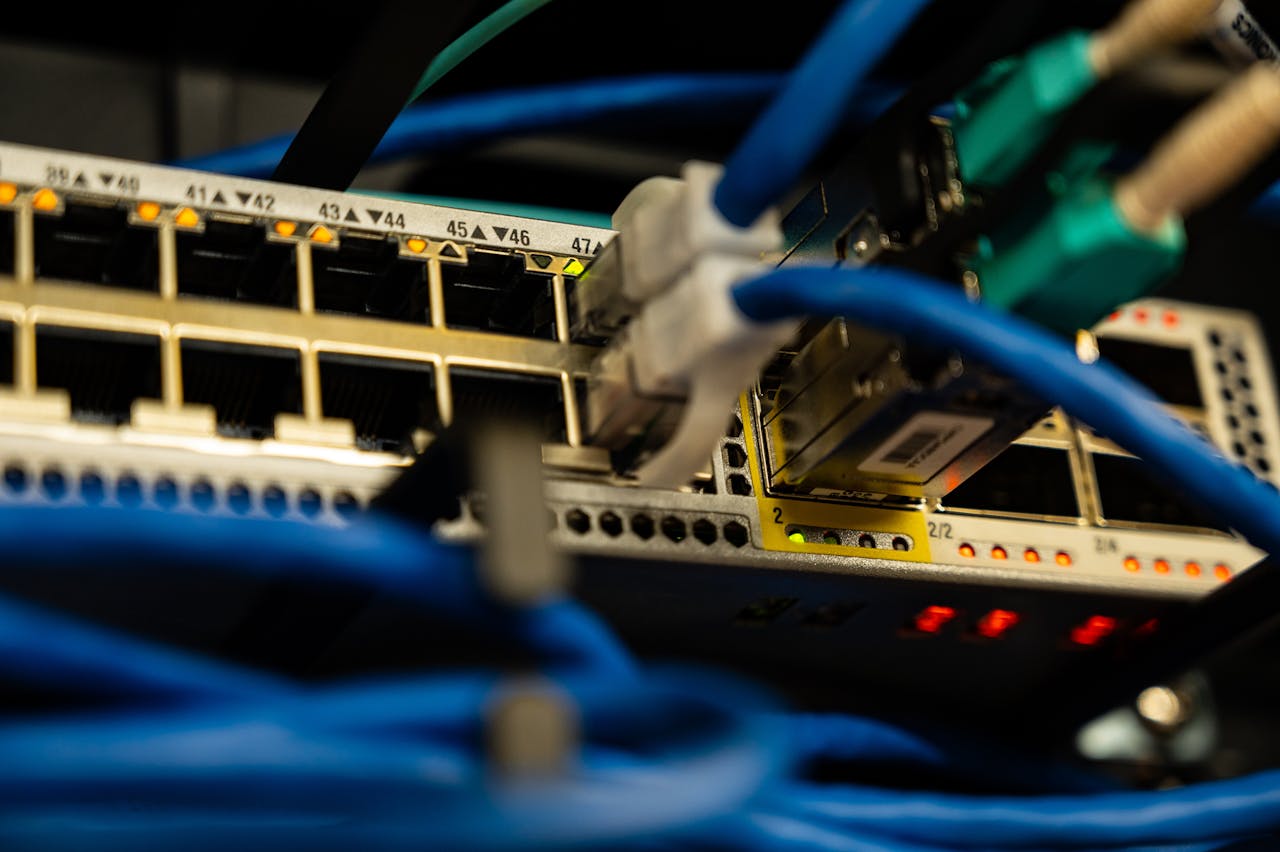Matrox’s Angus Mackay on the ‘IT-ification’ of broadcast video workflows

Subscribe to NCS for the latest news, project case studies and product announcements in broadcast technology, creative design and engineering delivered to your inbox.
 As the broadcast and video production industry continues its shift toward IT-centric workflows and architectures, Matrox Video is delivering solutions designed to support this transition.
As the broadcast and video production industry continues its shift toward IT-centric workflows and architectures, Matrox Video is delivering solutions designed to support this transition.
Angus Mackay, product marketing manager at Matrox Video, refers to this ongoing evolution as the “IT-ification” of the industry, representing the next stage in the digitization of video technology.
From analog to the cloud
“If you look at the progression of television, it was analog for a long time based on electrical systems,” explained Mackay. “At some point they realized they could do digital, but still in a linear, block-based environment.”
While the industry eventually transitioned to digital formats like D-1, D-2, and Digital Betacam, these were not truly IT-native. IP video then emerged, enabling more IP-based workflows, but still within an essentially analog framework.
The rise of cloud computing marked another milestone, but Mackay contends that many products and services have not been fully re-architected to be natively compatible with IT infrastructures.
“They’re still operating in an old domain but on a new engine. So they can’t actually take advantage of what that new engine offers.”
Enabling software-defined video
Matrox addresses this with solutions like the Matrox ORIGIN framework, which provides an IT-native architecture for broadcasters and developers.
“ORIGIN is actually moving completely to an IT-native architecture,” said Mackay. “And that allows you to actually extract all the power, all the capability that generic custom off-the-shelf computer systems support in the cloud.”
This software-centric approach enables benefits like scalability, flexibility, and the ability to process video faster than real time by distributing rendering and processing workloads. Mackay likened running traditional video applications on virtual machines to “putting wheels on a snail” in terms of being unable to take full advantage of IT infrastructures.
In addition to the ORIGIN framework for OEMs and developers, Matrox provides infrastructure devices to keep video content flowing. Mackay emphasized the importance of connectivity and signal transport in supporting creative tools and applications.
A key product being highlighted at NAB is the Monarch EDGE encoder, which supports 10-bit, 4:2:2 HDR encoding for high-quality remote production and contribution workflows. The latest update supports HDR and ancillary data like closed captions and timecode.
“People are saying, ‘I want that same quality for my distribution workflow as I get in my production,'” noted Mackay. “So version 2.06 that we’re shipping now broadens the addressable market for Monarch EDGE.”
Bridging the IP video gap
For broadcasters looking to leverage standards like SMPTE ST 2110 while maintaining existing HDMI infrastructures, Matrox offers the ConvertIP ST 2110 converter. The latest version 2.01 update delivers “near-zero latency” conversion, according to Mackay.
A new Daisy Chain feature allows users to route multiple video streams through a single network port, rather than requiring a separate port for each device or monitor. “It gives a lot of flexibility in how you monitor, whether you’re setting up a multi-viewer environment in the field or a control room,” said Mackay.
IPMX: The future of IP video?
Regarding IP video standards, Mackay sees IPMX (Internet Protocol Media Experience) as a potential unifying format. Based on SMPTE ST 2110, IPMX supports flexible resolutions, frame rates and metadata transport.
“IPMX is really the future,” asserted Mackay. “It does so much for everybody. And the fact that it’s easily backwards and forwards compatible means if you’re the finance CEO and you’re on Bloomberg TV every night, you could produce in IPMX, have it safe and secure within your own environment, then also easily share it for broadcast.”
By combining IT-centric solutions for broadcast infrastructure, remote production and connectivity, Matrox is working to support video industry’s ongoing evolution.
“All of this fits into IP plus IT as the future for remote production and workflows, and the ability to have teams working from everywhere with high-quality video being sent around,” said Mackay.
Subscribe to NCS for the latest news, project case studies and product announcements in broadcast technology, creative design and engineering delivered to your inbox.



tags
Angus Mackay, Internet Protocol Media Experience (IPMX), Matrox Video, NAB Show 2024, NAB Show News, SMPTE ST 2110
categories
Broadcast Engineering, Heroes, IP Based Production, NAB Show, Voices